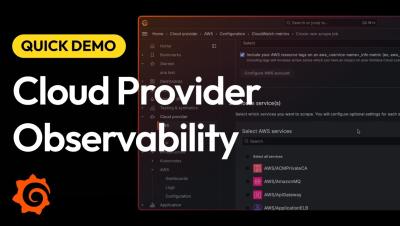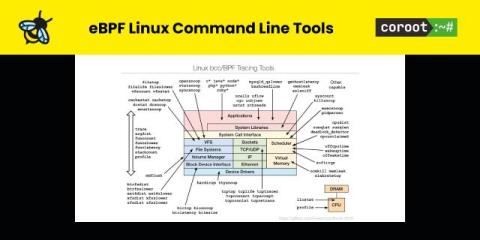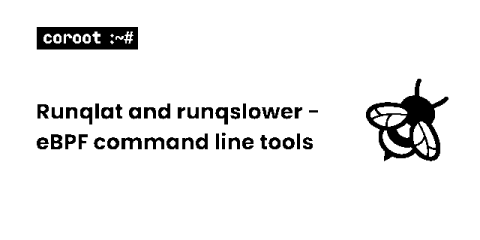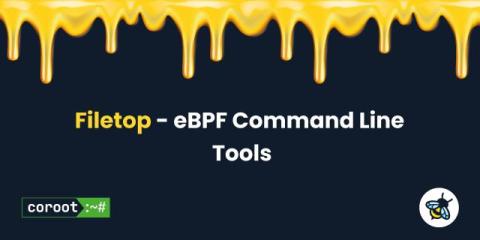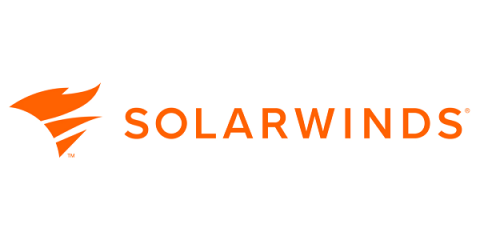Introducing Cloud Provider Observability in Grafana Cloud | Demo | Grafana Labs
Learn how multi-cloud monitoring just got easier with Cloud Provider Observability in Grafana Cloud. In this video, you'll get glimpse at how the new app can enhance your observability strategy for all your major cloud providers. Plus you'll get a quick walk-through of the app.


